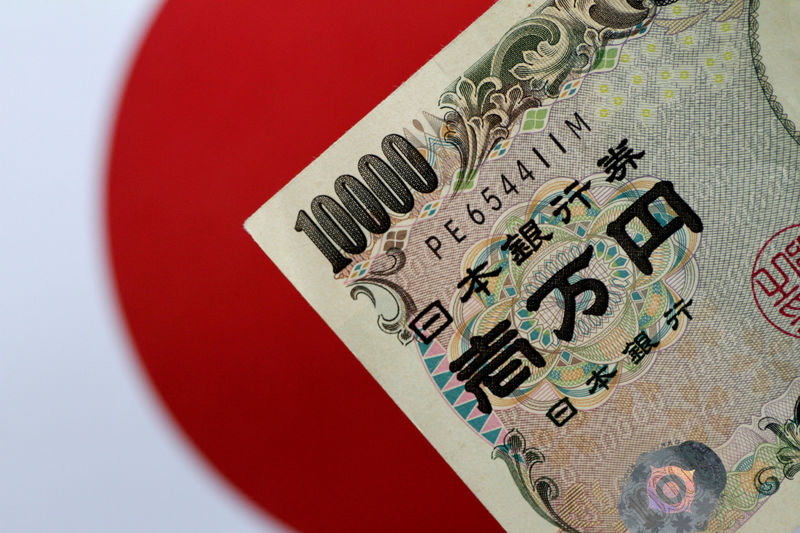Forex
Asia FX muted before more US cues, yen flat as BOJ keeps dovish course


© Reuters.
Investing.com– Most Asian currencies kept to a tight range on Tuesday as markets remained on edge before a string of key U.S. economic readings, while the Japanese yen hovered near seven-week lows after the Bank of Japan remained dovish.
The dollar saw some weakness in Asian trade, but remained close to an over one-month high, as traders priced in expectations of higher-for-longer U.S. interest rates.
Relative strength in the dollar kept most Asian currencies subdued, as did the prospect of delayed interest rate cuts by the Federal Reserve.
The was among the few outliers for the day, rising 0.3% from a two-month low amid recent reports that the People’s Bank of China was selling dollars in open markets to support the Chinese currency. The yuan also benefited from a substantially stronger-than-expected midpoint fix by the PBOC.
But the outlook for the yuan remained dismal amid continued pessimism towards the Chinese economy.
Japanese yen flat as BOJ stays dovish, flags softer inflation
The hovered near its weakest level since early-December on Tuesday, after the BOJ and stuck to its ultra-dovish policies.
The central bank also forecast lower inflation in fiscal 2024- a scenario that gives it less impetus to immediately begin tightening its ultra-loose policy. The bank gave scant cues on when it plans to begin tightening policy.
An ultra-dovish BOJ was a key driver of weakness in the yen, as a gulf between local and U.S. interest rates widened further over the past two years. The BOJ is also widely expected to keep rates low for the near-term, heralding little support for the yen.
Broader Asian currencies kept to a muted range. The rose 0.4%, recovering further from a seven-week low, while the rose 0.3% after hitting a two-month low last week.
Data showed a mild pick-up in South Korean through December.
The rose 0.2%, while the steadied above the 83 level, staying close to record lows.
Dollar steady as rate-cut bets ease, more econ data awaited
The and both fell slightly in Asian trade. But the greenback remained close to over one-month highs, amid growing conviction that the Fed will begin trimming interest rates only later in 2024.
The showed traders now pricing in a greater chance that the central bank will keep rates steady in March, a marked reversal from earlier expectations for a cut. The Fed is also widely expected to keep rates on hold when it meets next week.
But before the Fed, markets have to contend with key U.S. economic readings this week. data due on Thursday is expected to show some cooling in growth, while data- the Fed’s preferred inflation gauge- is due on Friday, and is likely to reiterate that inflation remained sticky in December.
Higher-for-longer U.S. rates bode poorly for Asian currencies, given that they draw capital away from high-risk, high-yield assets.
Upgrade your investing with our groundbreaking, AI-powered InvestingPro+ stock picks. Use coupon INVPRO2024 to avail a limited time discount on our Pro and Pro+ subscription plans. Click here to know more, and don’t forget to use the discount code when checking out!

 Forex3 years ago
Forex3 years agoForex Today: the dollar is gaining strength amid gloomy sentiment at the start of the Fed’s week

 Forex3 years ago
Forex3 years agoUnbiased review of Pocket Option broker

 Forex3 years ago
Forex3 years agoDollar to pound sterling exchange rate today: Pound plummeted to its lowest since 1985

 Forex3 years ago
Forex3 years agoHow is the Australian dollar doing today?

 Cryptocurrency3 years ago
Cryptocurrency3 years agoWhat happened in the crypto market – current events today

 World3 years ago
World3 years agoWhy are modern video games an art form?

 Commodities3 years ago
Commodities3 years agoCopper continues to fall in price on expectations of lower demand in China

 Economy3 years ago
Economy3 years agoCrude oil tankers double in price due to EU anti-Russian sanctions


























